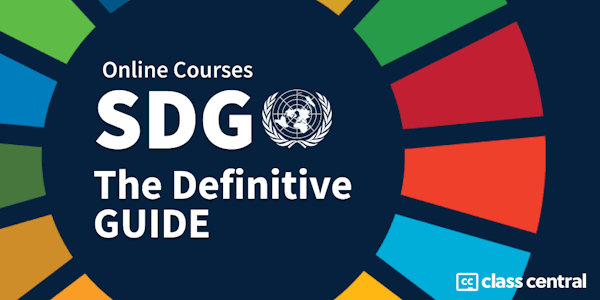Overview
What do you picture when you hear the term “renewable energy?” Do you imagine fields of solar panels, giant windmills, or huge hydroelectric dams? Those are all examples of large-scale, grid-tied systems. In this course, we’ll go much smaller and focus on off-grid, stand-alone systems.
We will explore the key components of photovoltaic, wind, and hydroelectric systems. We will examine photovoltaic, or PV, system components, and the scientific laws essential to understanding how renewable energy systems work. We will discuss wind energy and low-head hydroelectric systems, focusing on small-scale implementations. During our exploration of these systems, we will focus on safety and regulating bodies that guide proper system design. Throughout the course, you will be able to apply what you’re learning by conducting an energy audit to analyze power consumption, identifying essential system components of small-scale systems, building a budget for a small-scale system design, and creating a design for implementing a small-scale system.
Syllabus
- 1: Everything Is Solar
- In this module, we’ll get started by getting familiar with the course and our community expectations. Then, we'll explore the solar spectrum, the Stefan Boltzmann Law, and Wien’s Displacement Law. Each plays a significant role in helping us capture as much energy as we can from the sun. We’ll also explore direct beam and diffuse radiation and consider the implications for solar panel orientation.
- 2: How Do Photovoltaics Work?
- In this module, we’ll explore the essential element of any photovoltaic system: the solar cell. We’ll examine all aspects of the solar cell, moving from the single cell to a collection of cells that allow us to harness the sun’s power.
- 3: The Role of Charge Controllers and Inverters in Photovoltaic Systems
- The charge controller is a key element of any simple photovoltaic system. This device helps you avoid over or under charging your battery or battery bank. In this module, we’ll focus on both charge controllers and inverters and their important role in photovoltaic systems.
- 4: Designing a Photovoltaic System
- In this module, we’ll start thinking about how to design a simple photovoltaic system. We’ll examine efficiency and develop strategies for determining the right components to meet our energy needs.
- 5: Wind Energy: It’s Solar!
- Humans have been harnessing the wind’s power for centuries. We’ve used it to help us sail ships, pump water, and grind gain. In modern times, we’re using wind energy to power our homes. The state of California, a pioneer in wind energy utilization, produces energy from its wind turbine farms in excess of 20 terawatts annually. That’s enough energy to power 3 million households.
- 6: Exploring Hydroelectric Energy
- In this module, we’ll explore the ways water can generate electricity and discuss the components of low-head hydroelectric systems.
Taught by
Jorge Santiago-Aviles





